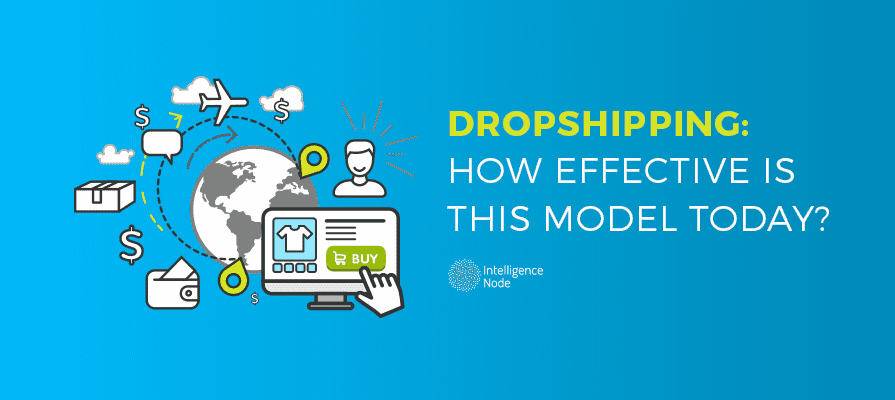
Throughout the retail space, so many trends come and go that sometimes it’s difficult to know what methods are effective and which ones are simply dead ends. In fact, one of the most heavily debated ways in which a business can deliver its products to consumers remains to be dropshipping.
The practice is best defined as “an arrangement between a business and the manufacturer or distributor of a product the business wishes to sell in which the manufacturer or distributor — and not the business — ships the product to the business’s customers.” But is dropshipping effective enough to warrant serious consideration by businesses? To find out, let’s investigate the benefits and drawbacks of the process.
Hopefully, the above discussion has helped you understand the arguments for and against dropshipping in a bit more detail. Ultimately, it’s up to you to draw your own conclusions regarding whether or not this approach will benefit your business, since there are solid points on both sides of the equation.
Whatever you decide, we heartily recommend that you take the time to consider all possibilities before you move forward. Discuss with your colleagues, business associates and research heavily before committing to any new strategic partnerships. After all, there’s little point in investing time and resources into a new direction without having a clear idea what to expect first.
This post was last modified on March 1, 2017 11:22 am
The 2024 economic climate has heightened shopper price sensitivity. This shift has sparked a retail revolution with dynamic, data-informed pricing…
In the dynamic world of online retail, the concept of the "digital shelf" has emerged as a pivotal battleground for…
Delivering Unparalleled Digital Shelf Optimization Intelligence Node, a global leader in retail analytics, recently announced it is expanding its work…
In the digital age, where the battleground for consumer attention is fiercer than ever, "search" has emerged as the cornerstone…
In the 21st century, the profile of the digital shopper has evolved dramatically, mirroring the seismic shifts in the retail…
A new year has begun, signaling a time for re-evaluation and strategic planning in the retail sector. This period is…
This website uses cookies.